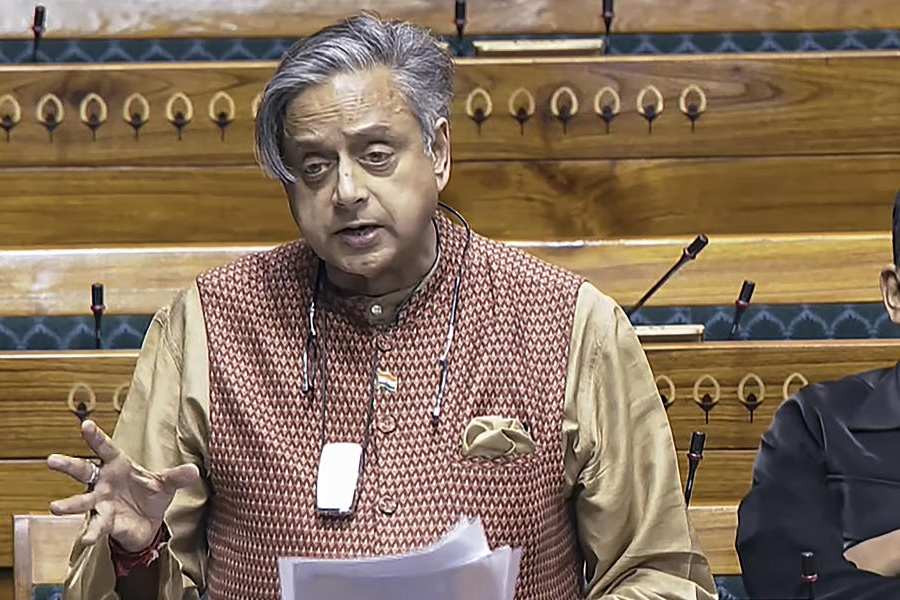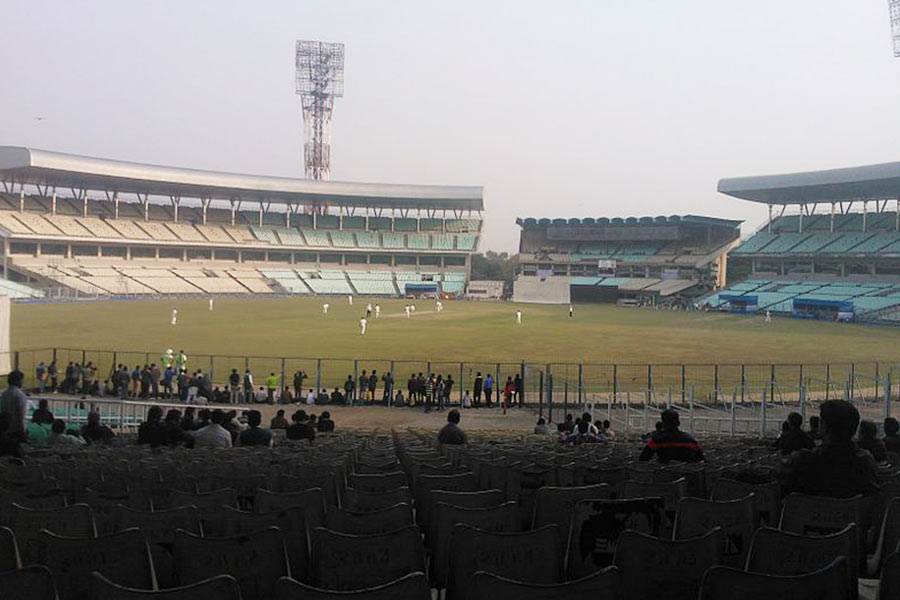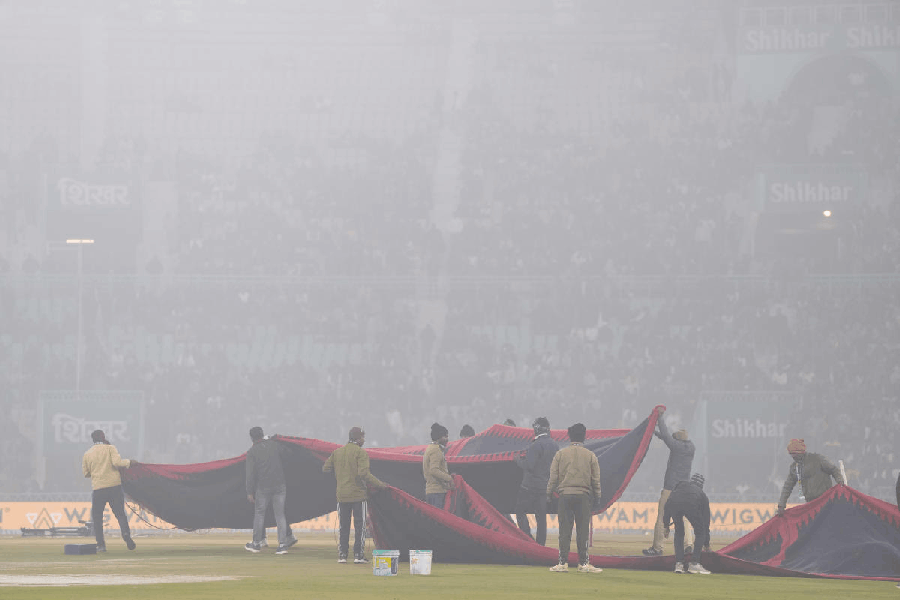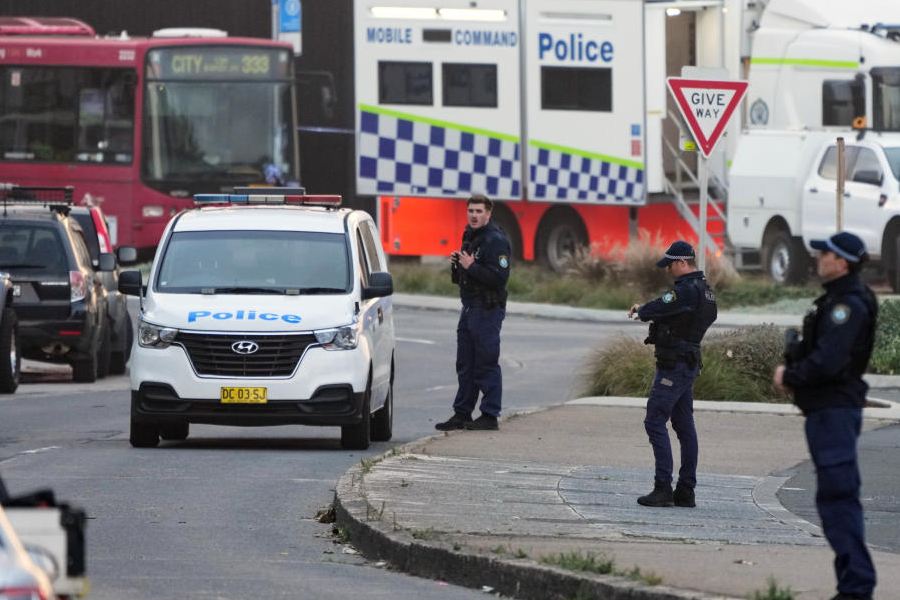 |
 |
 |
 |
| IN FOCUS: (From top) Anurag Kashyap in I Am Abhimanyu; Sudhir Mishra; Anurag Basu in Onir’s film and Rituparno Ghosh in Arekti Premer Galpo |
Alfred Hitchcock did it — and now Indian directors are making their presence felt on the silver screen. Not just as men in the director’s chair, but in the film itself.
Take I Am Abhimanyu, director Onir’s upcoming film. It stars — among others — directors Anurag Kashyap and Anurag Basu. Or take Sudhir Mishra’s 2008 film Tera Kya Hoga Johny. It featured directors Kashyap, Aditya Bhattacharya and Ashok Pandit.
It used to be the other way round, with actors from Dev Anand to Aamir Khan turning into directors. But now directors are trying out their acting abilities. And unlike Hitchcock, who made a quiet and sudden appearance in his films, Indian filmmakers are even playing the lead roles in Hindi cinema.
“It’s a creative field and if you have multiple skills it is only natural that you’d like to explore other areas,” says Sanjay Suri, producer of I Am Abhimanyu. “I think the lines between being a director or an actor are getting blurred now and I believe it is a healthy practice.”
Kashyap has been testing the waters for a while now. The director, who’s also acted in plays, appeared in Zoya Akhtar’s Luck By Chance in 2009, where he played the role of a director.
Suri believes that directors don’t arbitrarily cast other filmmakers, but look out for people who suit a role. “If anyone suits the character and can act, that does the job for me. If I find a professional doctor who can act and can dedicate the time and effort to a film, I may use him.”
But why do men who like to dictate want to be dictated to? Some do so because they clearly enjoy acting. And sometimes, there is a personal connect as well. Kashyap, for instance, offered to act in Onir’s film when the latter asked for help in finding an actor to essay the role of an abusive man.
“He immediately offered to act in the film and also bore the cost of travel for the shoot. Later, I heard that he did this because he was himself a victim of child abuse,” Onir says.
Other filmmakers have zeroed in on a director for a role because they felt he was right for it. That was the case with Apoorva Lakhia, the director of Shootout at Lokhandwala who was selected for the role of a crafty murderer by Mani Shankar in his film Knock Out because of his looks. “He has an intelligent look. The role was that of an intelligent killer who is tech savvy and can plot a murder well,” says Shankar.
But there was a personal angle in this deal as well. Shankar and Lakhia had a pact that each would act in the other’s film. “Had it been an important role, I would have preferred a professional actor. Apoorva’s role was only of four and a half minutes and he had only three lines to speak,” says Shankar.
On the other hand, Onir decided to cast Basu on the spur of the moment. “I was looking for an actor to play the role of a Bengali doctor. I had come to a hotel for a meeting when Anurag (Basu) came up and asked me for 500 bucks since he had forgotten his wallet at home and needed to pay for his coffee. After he left, it suddenly struck me that he was the doctor I was looking for. When he came back I told him that the money was his signing amount,” Onir recalls.
Not every director, however, is like Farhan Akhtar, who is as much an actor as he’s a filmmaker. Lakhia, for one, would rather be behind the scenes. “I acted in Knock Out for the pure fun of it. It was fun being on the other side of the camera. It took away my fear of facing the camera.”
Directing, he stresses, is more challenging. A director needs to take care of a whole gamut of areas — from handling people to sets, lighting and technicians. “Acting is more relaxing. You get to sit and observe the director and learn a lot. But you have to keep your mouth shut even if you feel like giving some advice, for you are an actor at that moment, and not a director,” he says.
Director Sudhir Mishra, who has featured in his films, says that a lot of thought goes into selecting people for a role. “Directors fit into the roles of real life people. They have an intelligent look. They do not go for a sauna and other fitness programmes. So they look more real than professional actors.”
Mishra acted in Madhur Bhandarkar’s Traffic Signal, Saurabh Shukla’s Raat Gayi, Baat Gayi, Prakash Jha’s Mrityudand and his own film Hazaaron Khwaishein Aisi.
Given a chance, Mishra says he will keep acting, though direction is his passion. “Acting with another director is always a good learning experience. You get to know the approach of another director. I would love to act with Anurag Kashyap,” he says.
Casting a director in a film has some benefits too. Zoya Akhtar realised that when she put her brother Farhan Akhtar in the lead with Konkona Sen Sharma in her debut film Luck By Chance. “It always helps to cast a director as he is aware of the set and knows how to use his body, how to face the camera and what looks best on the screen,” she says.
The trend is going beyond Bollywood. Director Rituparno Ghosh acted in Kaushik Ganguly’s Arekti Premer Galpo and in his upcoming film Chitrangada.
It seems being in a shot is occasionally more attractive than calling the shots.










